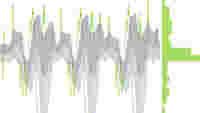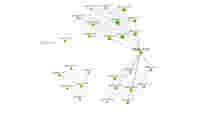WAGO Analytics
When it comes to optimizing a system, the challenges lie in improving and quantifying knowledge of the process and incorporating the results back into the process. WAGO Analytics supports you from data acquisition to analysis and creates intuitive visualizations of dependencies in the systems. The interrelationships it uncovers can be incorporated into the processes using AI and machine learning, allowing you to exploit potential for optimization.
In joint projects, WAGO works closely with customers to develop tailored solutions to make profitable use of data within the specific application.
The Benefits for You:
- Identification of optimization potential
- Improved quality level
- A tailored analytics solution
- Greater efficiency and lower costs
- Improved process stability





